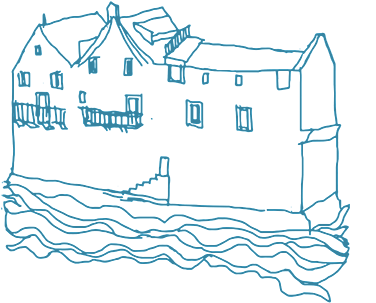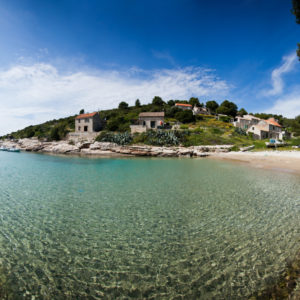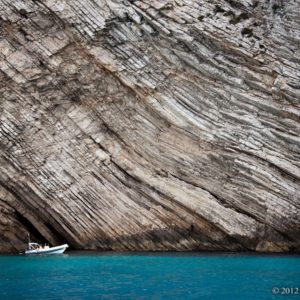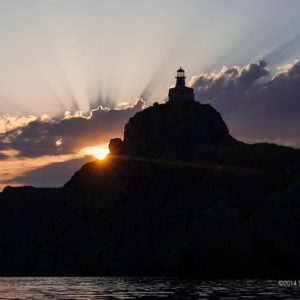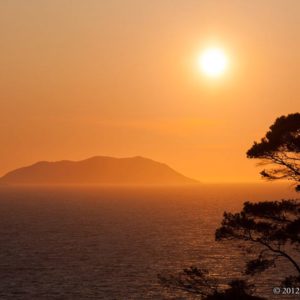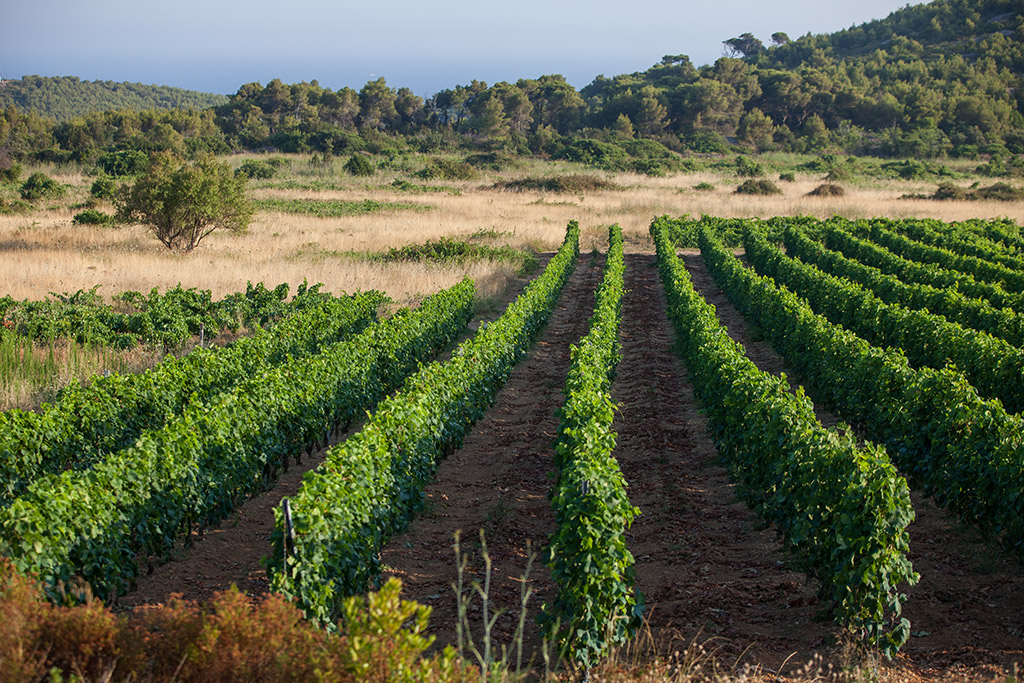Vis is a beautiful pearl of the Adriatic Sea, that can give visitors an exceptional experience. A handful of larger and smaller islands of unique beauty scattered over the magnificent sea
The island of Vis is the farthest inhabited island in the Adriatic, about 50 km away from the mainland. The surface of the island is about 90 km2, and the highest peak of the island is Hum at 587m above the sea level.
The Vis archipelago consists of several smaller islands and islets such as Biševo, Sveti Andrija, Jabuka, Brusnik, Palagruža, Budihovac and Host. Even seven areas of the Vis archipelago are protected in different categories by the Nature Conservation Act: the volcanic islands of Brusnik and Jabuka, the Blue Cave, Medvidina Cave (Monk Seal Cave), Ravnik Island and the Green Cave, and Stiniva Bay.
Stiniva Beach was declared the most beautiful European beach in 2016, and even earlier, in 1967, it was recognized and protected in the category of Significant landscape. Stiniva Bay is a place where you simply must take a swim.
The Blue and the Monk Seal Caves on the island of Biševo, and the Green Cave on Ravnik island are geomorphological monuments of nature
The climate on the island is typically Mediterranean, with long, hot and dry summers, and short, mild winters. The indented coastline, 76 nautical miles long, is full of sandy and pebble beaches and caves. The island has a rich history, ranging from the colonization of the Illyrians to the Greeks and Romans.
It is geologically attractive because it is composed of the youngest and oldest rock formations; parts of the archipelago are made of volcanic rocks, unique in the Adriatic, since the Adriatic islands are predominantly made up of sedimentary rocks.
Part of the Vis archipelago is made of waterproof volcanic rocks. The island always had natural water springs, especially along the bay of Komiža, at the junction of volcanic rocks and limestones. Water, at all times, was the source of life, and even the ancient Greeks chose Vis to establish the first Greek colony in the Adriatic.
Due to the aforementioned, in 2003, the WWF declared the Vis archipelago, one of the last ten “paradise oases of the Mediterranean”, taking into account its natural peculiarity, cultural heritage, historical references of the island as an intersection of maritime routes and as the origin of urban civilization.
This open sea island is the area with the largest concentration of nature monuments in Croatia, resulting that in 2019 UNESCO’s World Network of Geoparks proclaims the Vis Archipelago – a Geopark.
The Global Geoparks Network consists of geological and geomorphological heritage of international importance, in order to protect geological, geomorphological and other values.
This is the beginning of a new, wonderful story for the island. Visit us and experience the beauties of the Vis Archipelago. Start exploring, you will quickly understand the meaning of a Geopark. The numerous geo-paths will reveal the stories about rocks, drywall, tradition and the coexistence of man and nature.
Take the marked trails, discover the oldest rocks on the Adriatic made of salt and lava. Exploring the geo-paths is an ideal way to take a different approach in discovering the island of Vis.
